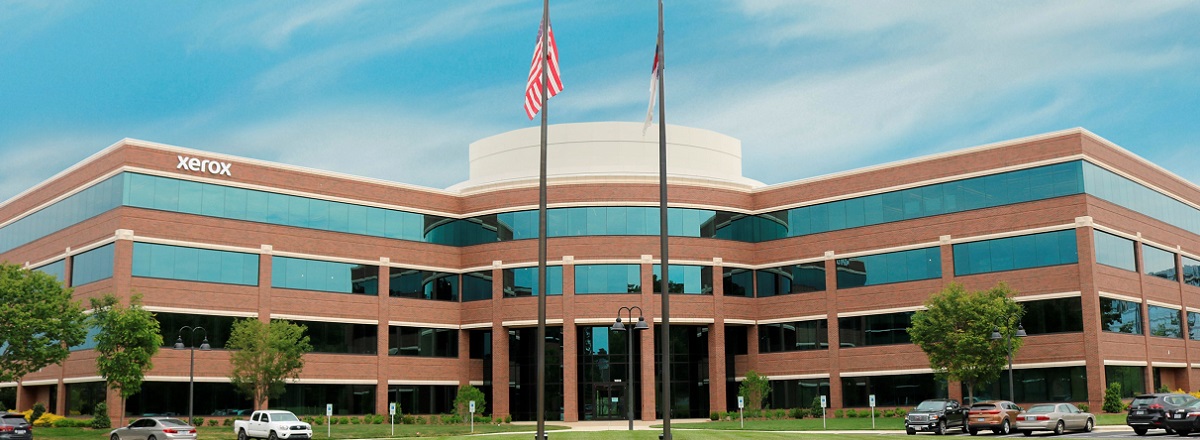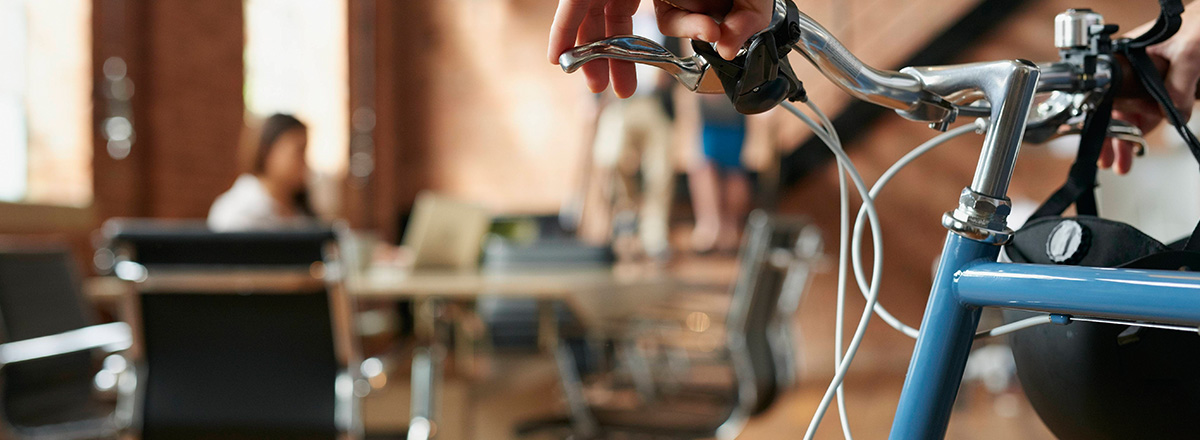
L'innovation chez Xerox

North Carolina Center of Excellence
Notre centre d'innovation

Favoriser l'entreprise durable
Nos investissements pour l'innovation donnent vie à des produits et des services qui aident nos clients à travailler de manière plus productive, plus rentable et plus durable.